In recent years, we’ve seen a huge resurgence in vinyl. But why do we enjoy these large flimsy pieces of pressed vinyl so much?
Some of this is down to nostalgia. Some of it is down to the interaction you get with your music. But the main reason is vinyl’s musicality; many of us crave better sound quality after being served digital mediums like the ultra-compressed MP3 format.
Vinyl records take their information from the “master copy”. This copy is the purest format, allowing the full dynamic range to be heard. Digital formats, on the other hand, have an additional level of gain – and they’re compressed, meaning they sound louder and thinner at the same time.
One thing we cannot argue is that these digital mediums all have their place. They’ve allowed us to enjoy more music than ever, and it’s only getting better thanks to streaming devices like WiiM Pro Plus solutions.
However, if you own a turntable, you’ll understand that nothing brings a level of musical enjoyment quite like it. Vinyl records offer something that digital can only dream about.
In this article, we’ll explain how vinyl works and why compression is bad while dynamic range is good, ultimately answering the question, does vinyl sound better? So if you’re looking to join the turntable revival or want to know a little more about why it entices you the way it does, keep reading.
In a hurry?
Without going into too much detail, here’s what digital formats and vinyl have to offer:
| Streaming | CD | Vinyl | |
|---|---|---|---|
| Convenience | Yes | OK | No |
| Sound Quality | Good/Average/Poor | Good/Average | Good |
| Compression | Yes | Yes | No |
| Frequency Response | Good | Good | Good |
| Frequency Distortion Chances | High/Clipping | Low | High/Static |
| Dynamic Range | Low | Low | High |
| Mechanical Noise | None | None | Some |
| Benefits | Easy to use; access to a huge library | Durable; good quality sound; easy to store | Unrivalled sound; interaction with your records |
What is vinyl and how does it work?
So, what makes vinyl so inviting and why do we gravitate towards it compared to digital mediums like CD and MP3 or other lossless streaming? Let’s first look at how vinyl records are created.
Many vinyl records are produced from the “master copy, ” which is usually the final mastered recording.
An A and B metal plate are created and applied to a press which squeezes the entire information from that master copy onto virgin vinyl where it is trimmed to size.
This creates a nearly perfect replica, with thousands of microscopic bumps and ridges in a continuous groove from the beginning to the end of the record. This is where styluses like the Ortofon 2M Bronze relay an audible image via micro-movements.
These vibrations of the needle create a charge in millivolts along its pin-pole technology.
Using a pre-amp for simplicity, something like the Pro-Ject Audio Box MM/MC phono stage then converts these millivolts to volts. At this higher voltage, your electronics can deliver the signal to your speakers, thus creating sound.
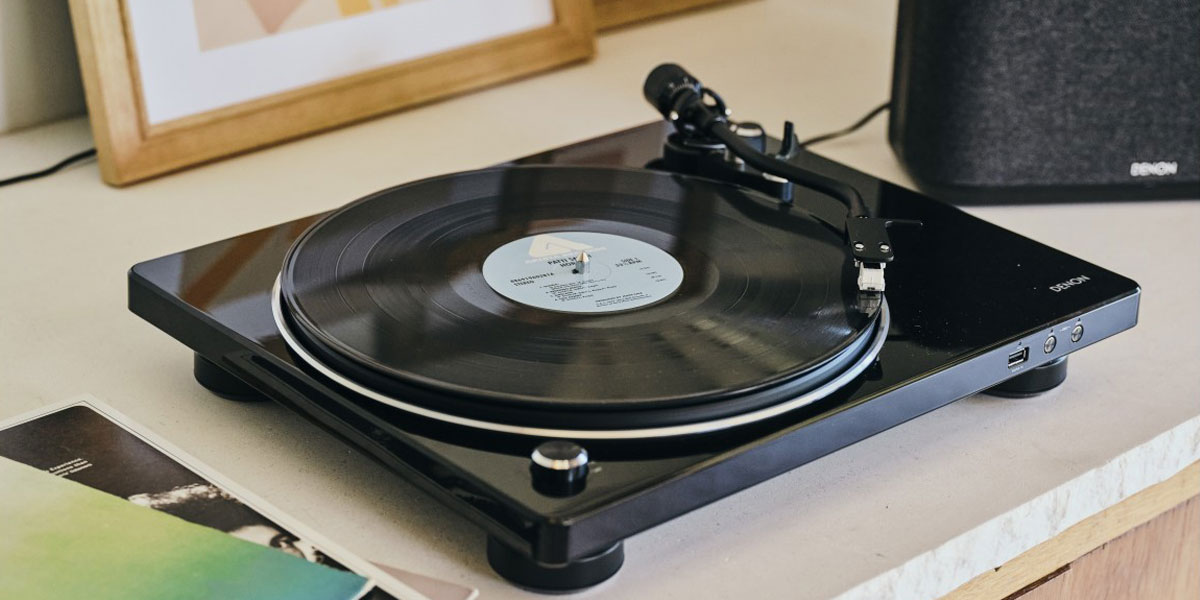
Does vinyl sound better than digital?
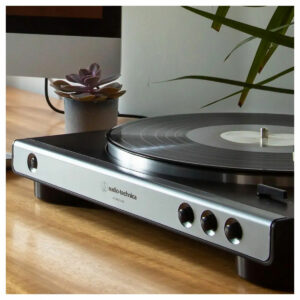 Many of us have experienced the tell-tell sound signatures of a newly pressed virgin vinyl record, something that can be easily described as “warm”.
Many of us have experienced the tell-tell sound signatures of a newly pressed virgin vinyl record, something that can be easily described as “warm”.
Interestingly, even when using the same mixes from identical masters at around 96kHz/24Bit, digital and analogue still have differences. At true high-resolution levels, the information in digital is identical to analogue.
The only difference lies in the interaction of the needle and the bumps and ridges on the record, which gives analogue its unique and warmer character.
This simple key point is derived from an imperfect mechanical movement. It cannot be replicated through digital mediums without being artificially re-mastered.
When we compare MP3 and CD, we can see that MP3 contains only half the information of a CD with a 44kHz/16bit resolution. This difference in quality becomes more apparent when we consider that the humble vinyl record has a natural ability to produce sounds at a range of frequencies.
To achieve a similar level of quality in digital format, we need to use a resolution of 96kHz/24Bit.
Compression
Unlike vinyl, digital formats are compressed. This can be in the form of data compression or dynamic range compression. The latter means that the audio levels of a track are mostly the same, so the listener doesn’t have to constantly turn the volume up or down.
Does compression really matter? If you’re out and about listening to your music through headphones, I have to say no! The typical noise outside is about 70/80dB, so you’re always going to be losing information. At home in a quiet environment, the noise around you will be about 25/30dB, meaning the interference is far less and any compression will be noticeable.
MP3 can lose up to 10 times the information found on a CD. This is where vinyl really shines as with it, you can listen to your music in all its glory.
Frequency response and distortion
 The human ear can typically hear a frequency response of 20Hz – 20kH; all digital media works to this standard.
The human ear can typically hear a frequency response of 20Hz – 20kH; all digital media works to this standard.
Vinyl records, on the other hand, can exceed our hearing levels to hit ridiculous levels from 7Hz to 50kHz. This allows us to truly feel the music – not just hear it! However, it can be uncomfortable to listen to at times.
If frequencies are as low as 7Hz, the stylus can actually bounce, causing the record the skip. Luckily, most vinyl records don’t exceed 18Hz, making them more expansive than digital recordings whilst maintaining a low distortion point.
Distortions can result from various factors such as static build-up or dirt blocking information. Your room, the bearings, and even the tone arm on the record player can all create unwanted distortion. At worst, something called clipping can happen which isn’t good for your speakers and electronics.
Without a good frequency response and high distortion, vocalists blend without much harmony. Things like double-dip bass beats become a sluggish thud and the gap between the instruments becomes less significant, narrower, and less focused.
Dynamic range
This is a topic that is widely discussed and debated. If you’re not familiar with what a low dynamic range is, consider the album Death Magnetic by Metallica. This album reached lows of just DR3 which caused a major uproar back in 1991.
Dynamic range (DR) is the measurement of the dynamic spectrum of audio. Many modern CD and digital streaming mediums are around 5 to 6 on the DR spectrum, while music from the 1980s was around 10 or 11.
Having a higher dynamic range means that the volume is louder, but it doesn’t always mean better quality.
Nowadays, CDs usually have a dynamic range of around 5-7 DR, but good recordings on CDs hit 16 and above. On the other hand, when it comes to vinyl, a dynamic range of 16 or more is more common than not.
Let’s break this down. At 55-60dB and with a dynamic range of 11, you’ll be using more watts, allowing your speakers to reveal more information before it becomes too loud to enjoy.
Good to know: Reducing the dynamic range for digital media has helped create a volume level that protects your hearing when wearing headphones.
Mechanical noise
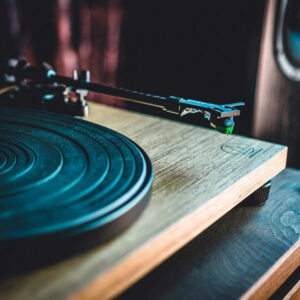 One of the main downfalls of vinyl is the record player’s mechanical noise. The stylus, working at millivolts level, can pick up information from the turntable’s own motor, arm, and other electronics in the room.
One of the main downfalls of vinyl is the record player’s mechanical noise. The stylus, working at millivolts level, can pick up information from the turntable’s own motor, arm, and other electronics in the room.
However, all music streaming services have some trade-offs. While streaming offers a vast library of music, it comes with lower sound quality, and sometimes it can be overwhelming to choose what to listen to.
CDs have a similar level of durability and performance to vinyl records, although they tend to produce louder sound.
To match the 55/60dB volume levels of vinyl records, you may have to lower the volume level of your integrated stereo amplifier as the sound produced by CDs can be sharper in comparison.
Vinyl ticks the boxes for compression (or lack thereof), frequency response, and dynamic range – plus, there’s the interaction it brings, even when it comes to cleaning your turntable. A bit of mechanical noise is all part of the listening experience!
Other benefits of listening to vinyl
Aside from the sound quality benefits, listening to vinyl encourages you to experience a full album. Today’s culture of streaming services makes it incredibly easy to click and play any song you like, and in doing so, you might lose the sense of the whole album and the art behind it.
It’s important to remember that many of the best songs weren’t released as singles! And we can only experience these songs by coming across them as we listen to an album from start to finish.
As I’ve previously touched on, vinyl also offers a tangible experience. Not only do you go through the process of taking the record out of the sleeve, putting it on the turntable, and setting the needle, but you also get to see the record’s artwork properly – just how the artist intended.
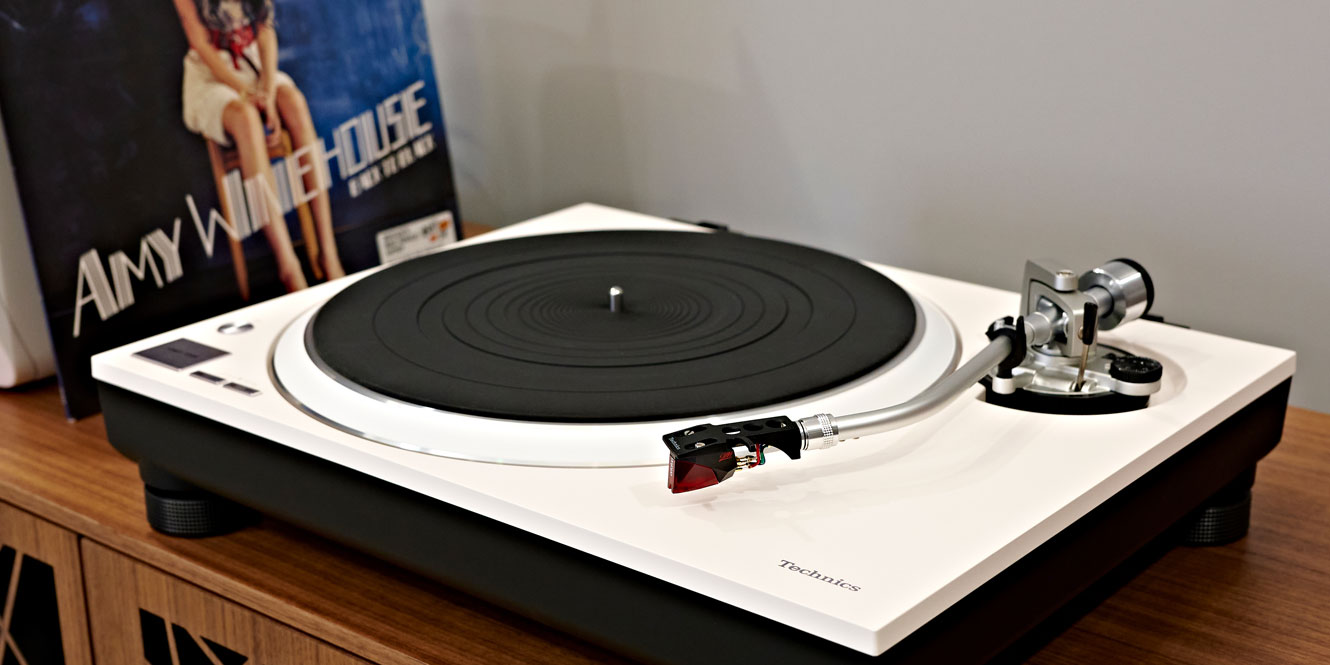
FAQs
Does vinyl offer better sound quality?
Due to the expansive musical range pressed on the album, vinyl offers better sound quality than digital formats. Dynamic range, frequency range, and compression levels all contribute to a track’s sound, and vinyl wins on all fronts here.
Can CDs sound better than vinyl?
CDs can sound better than vinyl if you’re comparing them to old, bad-quality vinyl. In reality, you can get bad presses of both, but vinyl will usually sound better as they bring a level of warmth that is more attuned to the human ear.
Do vinyl players affect the sound quality?
Vinyl players can affect the sound quality. Take the Pro-Ject E1 and the RPM 1, for example. Both are entry-level turntables, but they produce completely different sound signatures, with the RPM bringing dramatic distinctions in sound.
Final thoughts
I own a lot of digital music and a good selection of vinyl, too. To settle our vinyl vs. digital debate, I decided to put the album 808 STATE EX:CL to the test. I have the album on vinyl, the 180g LP twin vinyl version, the CDs (16-bit/44.1kHz), and the streaming version.
The most noticeable differences were the dynamic range and the warmth of sound. On vinyl, the width of the soundstage seemed to expand far beyond the CD or streaming capabilities. There were also far more delicate sounds within the vinyl records, with the 180g press having a little more accuracy on its notes while sounding rounded and absent of the harshness I heard from a digital reproduction.
The streaming version was very respectable indeed and much closer to the CD than I thought it would be (this could be down to the TEAC UD-505 DAC being used).
So, I hope I’ve given you an answer to your question, does vinyl sound better? There’s a lot to consider but, ultimately, I’d have to say yes, vinyl does sound better!

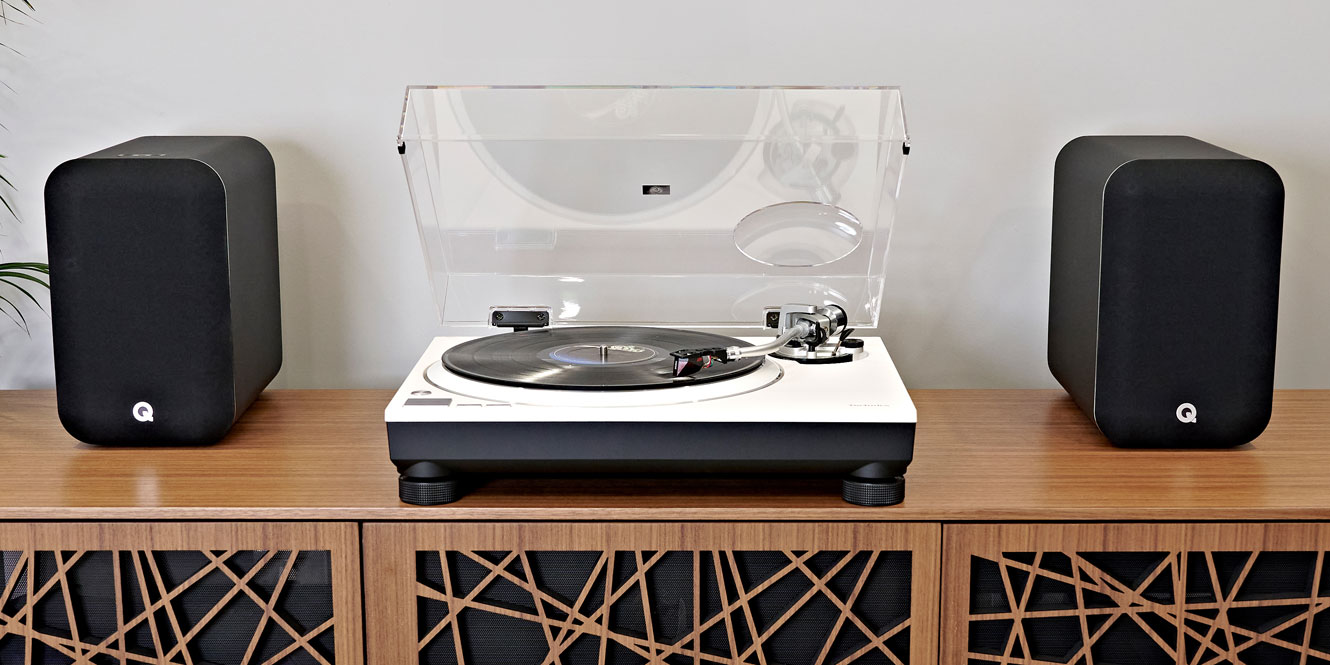
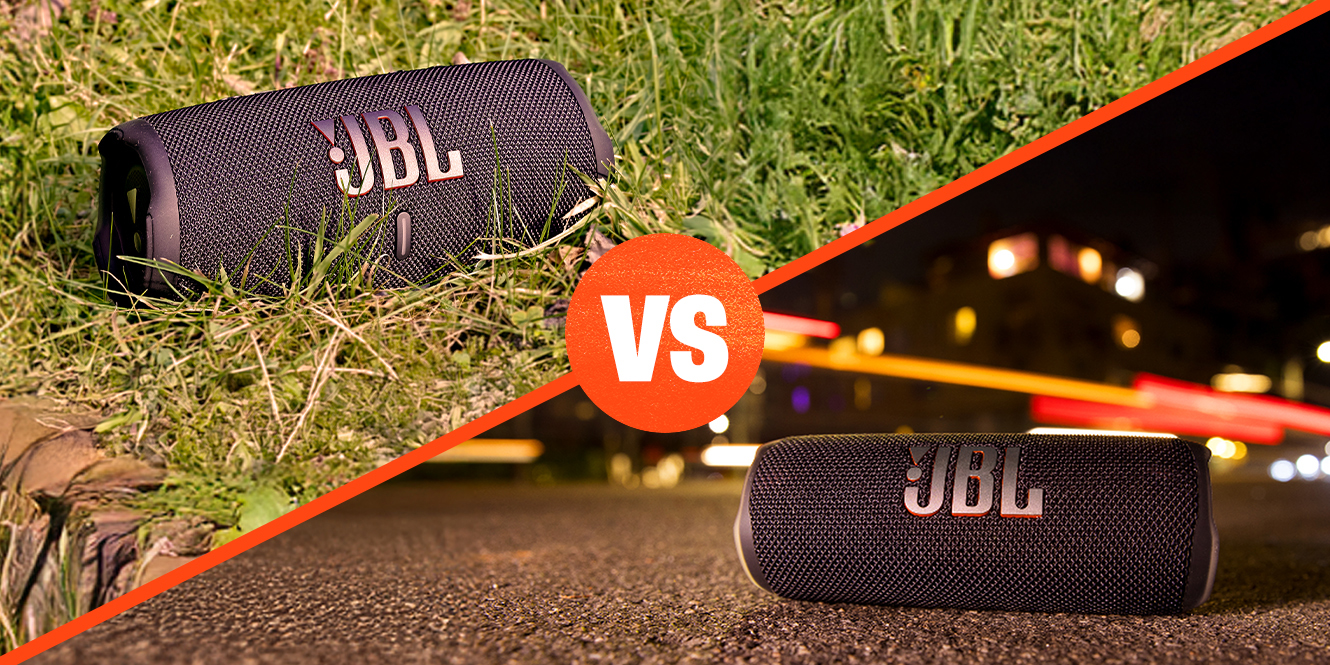


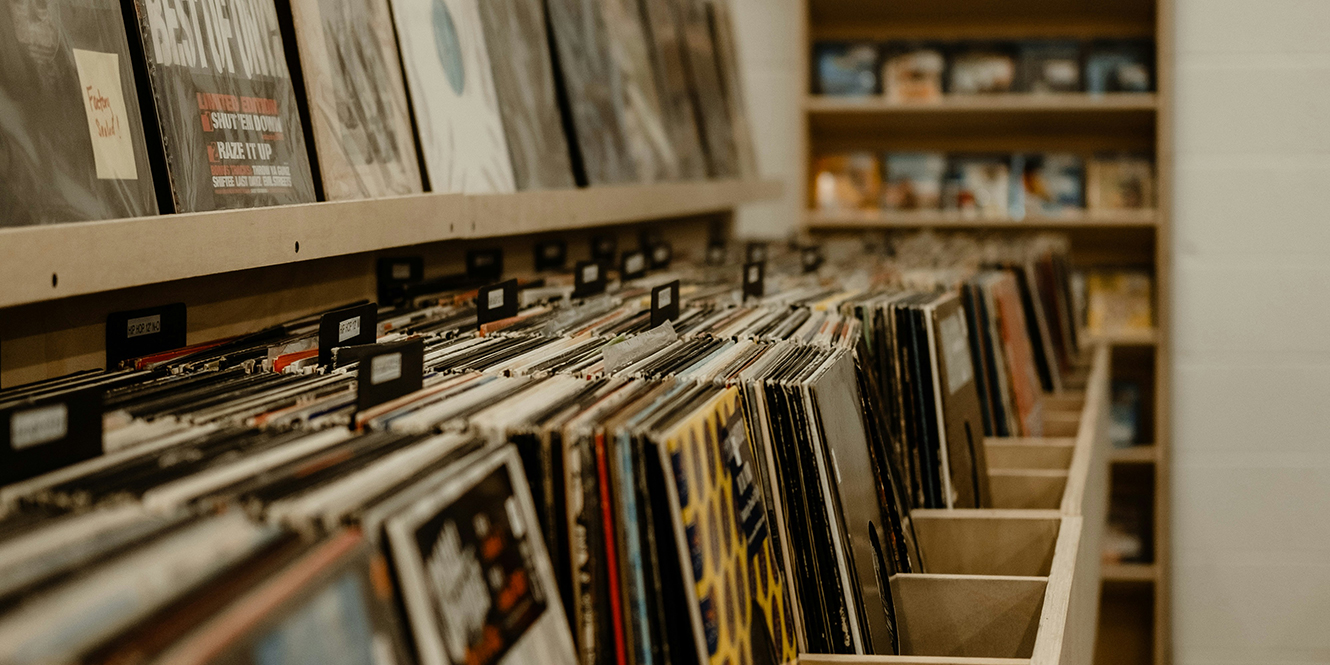
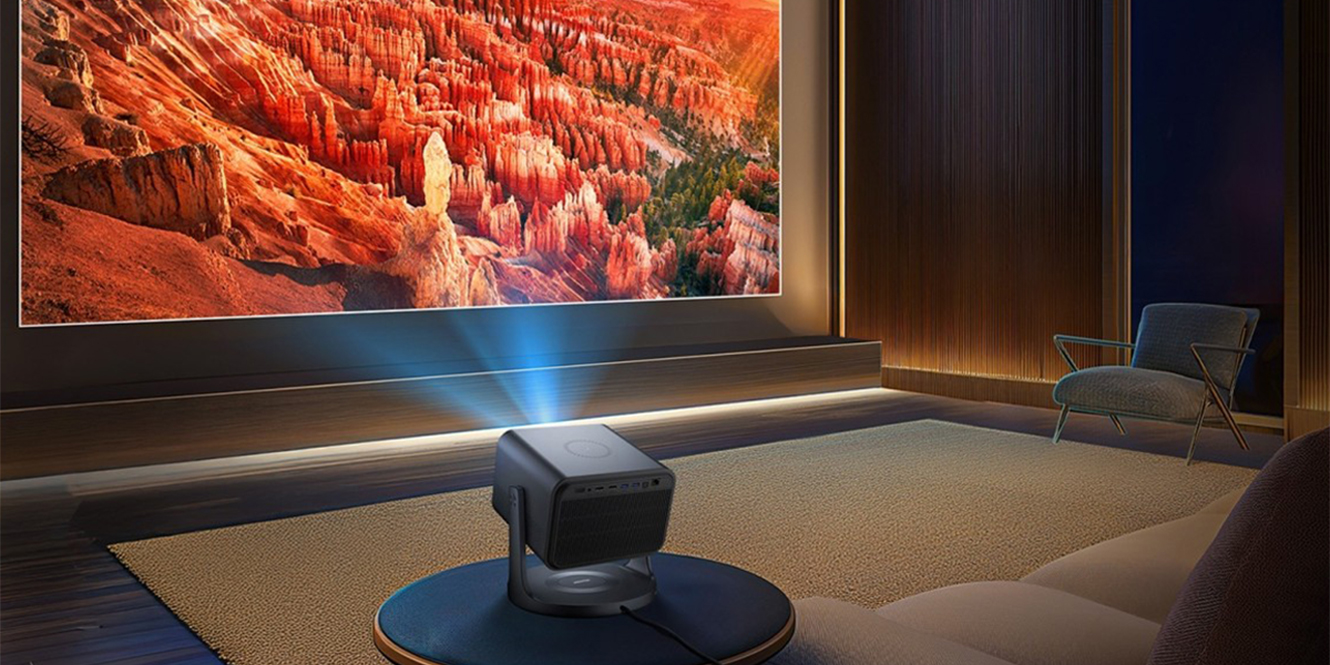



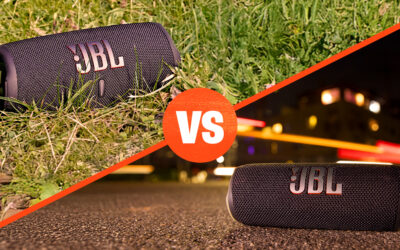
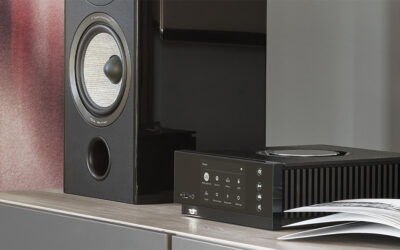

0 Comments